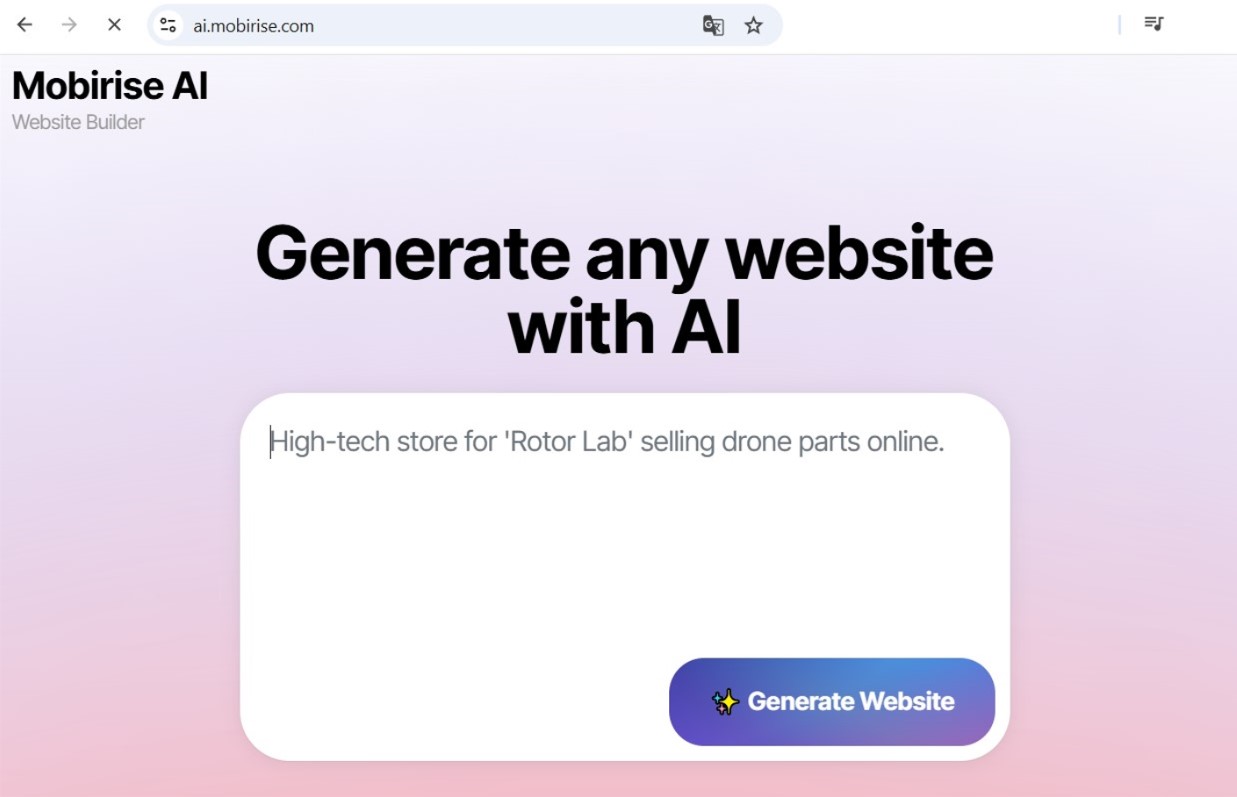Your Portfolio is Obsolete. Here's the AI-Powered Workflow Recruiters Want to See in 2026.
The age of the monolithic, one-size-fits-all website is officially over. As we journey through 2025 and 2026, the prevailing "AI vibe" in online development is an example of fundamental adaptation. The engine of the AI website builder is Artificial Intelligence, acting as a principal designer for every specific person who accesses a platform. This is not simply about adding a individual's tag into a salutation; it's about basically overhauling the information, features, and aesthetics of a web presence in real-time to produce a bespoke experience for an audience of a single person. This transformation is universalizing advanced online construction and reimagining what it signifies for a digital presence to be actually "user-centric."
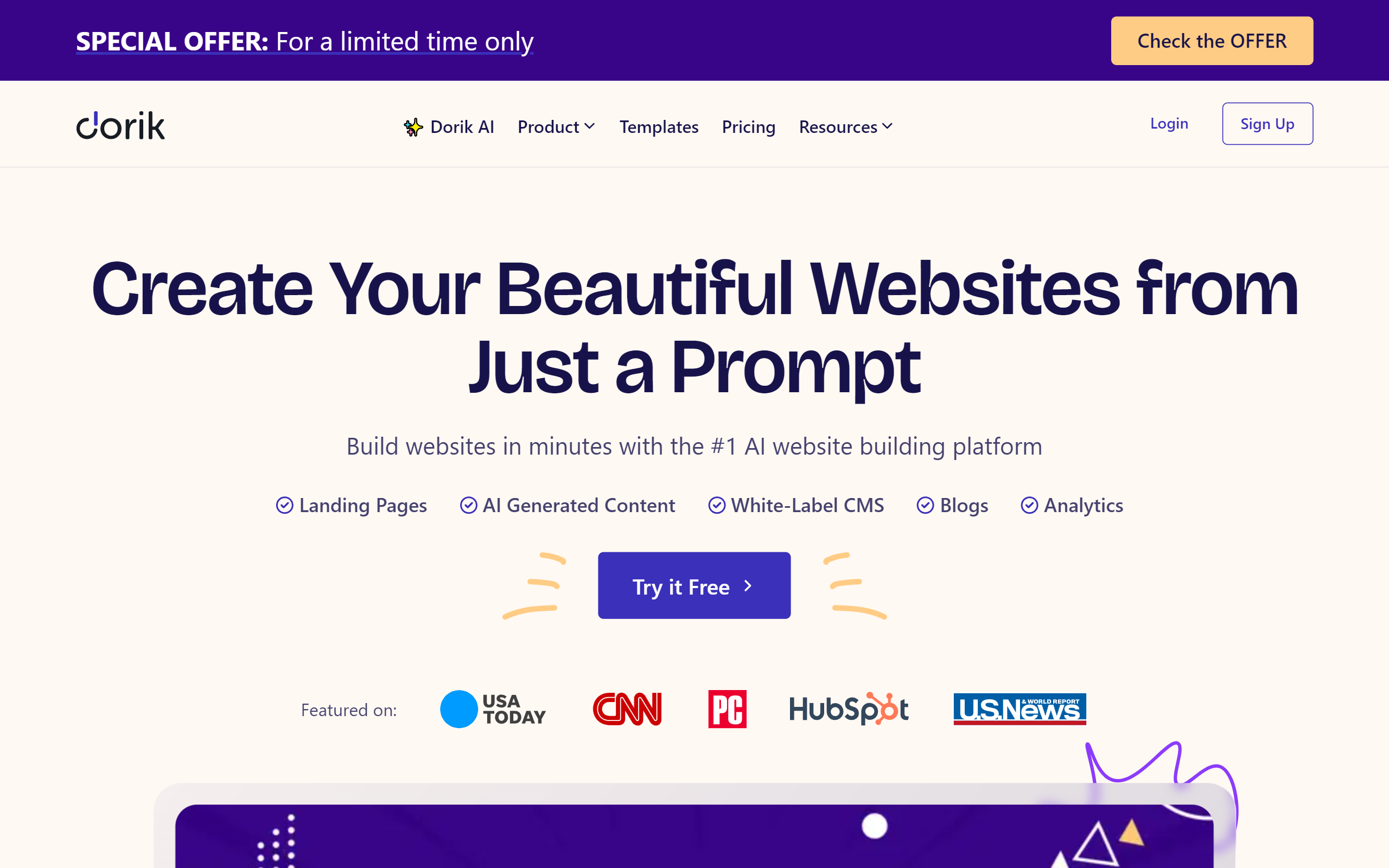
Creation for the Client: The Procedural Foundation
The allure of granular adaptation for the AI vibe coding tools starts deep in the site's structure. Builders in 2025 are no longer building set paths but are instead forging fluid platforms where AI acts as a main hub, building visitor journeys on the fly. This demands a transition away from unchanging script and toward a more fluid, adaptive framework of building.
Systematic Route Planning and System
The most major evolution for the AI vibe coding tools is in how a visitor moves through a platform. Instead of adhering to a set layout, each visitor's path is computationally designed based on their user data and immediate interactions.
- Prescient Guidance: AI assesses a user's entry point, past purchases, and surfing patterns to foresee their intent and adaptively rearranges navigation menus and invitations to display the most frictionless path to transaction.
- Real-time Function Switching: An AI can determine a visitor's skill level and toggle features accordingly. For a skilled operator, it might display advanced search filters, while for a first-timer, it might feature a easier, guided shopping experience.
- Generative Content Modules: The actual substance of a screen is no longer unchanging. An AI can compose product descriptions, articles, and even privacy policies from a repository of elements, adapting the attitude, extent, and language to resonate with that unique customer.
The Responsive Surface: Layout That Modifies and Predicts
The user interface is where this bespoke backend comes to existence. The "AI vibe" in design is about producing a conscious interface—an interface that doesn't just reply to taps but actively adapts to the person's circumstances, desires, and even unstated purpose. This signifies the evolution from responsive design to fully prescient interface.
Environment-Sensitive and Fluid Frontends
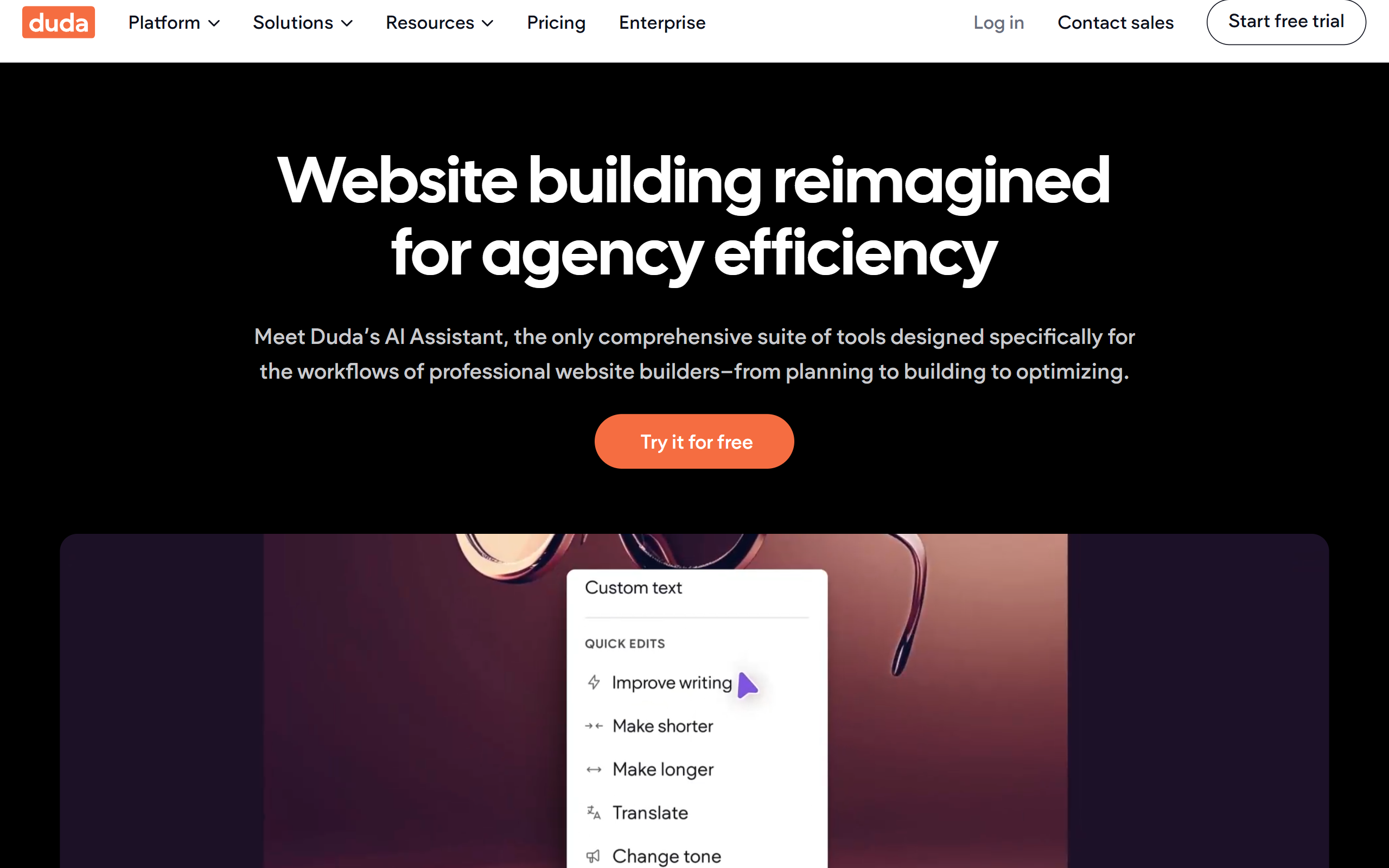
A web property's visual style and format are no longer fixed templates. They are changeable entities that remodel themselves built on a comprehensive awareness of the client's context.
- Situational Modification: The UI can alter markedly based on the environment. For a person browsing on a handheld on a bright afternoon, the webpage might spontaneously shift to a bold, glare-reducing theme. For a user surfing late at midnight, it might adopt a evening style with more comfortable, less jarring hues.
- Action-Based Arrangements: The AI watches how a customer interacts with the page. If a user repeatedly bypasses a widget area, the AI might minimize it on their return trip and widen the principal text block, refining the design based on noted tendencies.
- Automatic Usability Customization: AI can create a authentically web for all by autonomously adapting the engagement. It can sense if a visitor is employing a reading assistant and offer a variant of the webpage streamlined for hearing, or enlarge font sizes and selectable sections for users who exhibit signs of motor impairments.
The Great Equalizer: Making accessible Top-tier Online Construction
Perhaps the most consequential element of the AI vibe in 2026 is its function as a universalizing agent. The sophisticated, data-driven personalization that was formerly the private realm of major technology companies with huge development squads is now accessible to independent firms, makers, and solo makers. Advanced AI-powered platforms can now accept a basic company summary and a creative brief and generate a fully functional, handsomely crafted, and intensely individualized web property, addressing the entire scope from the scripting to the presentation. This empowers makers to hone in on their concept and their clients, while the AI handles the difficult coding work, leveling the virtual landscape for all.
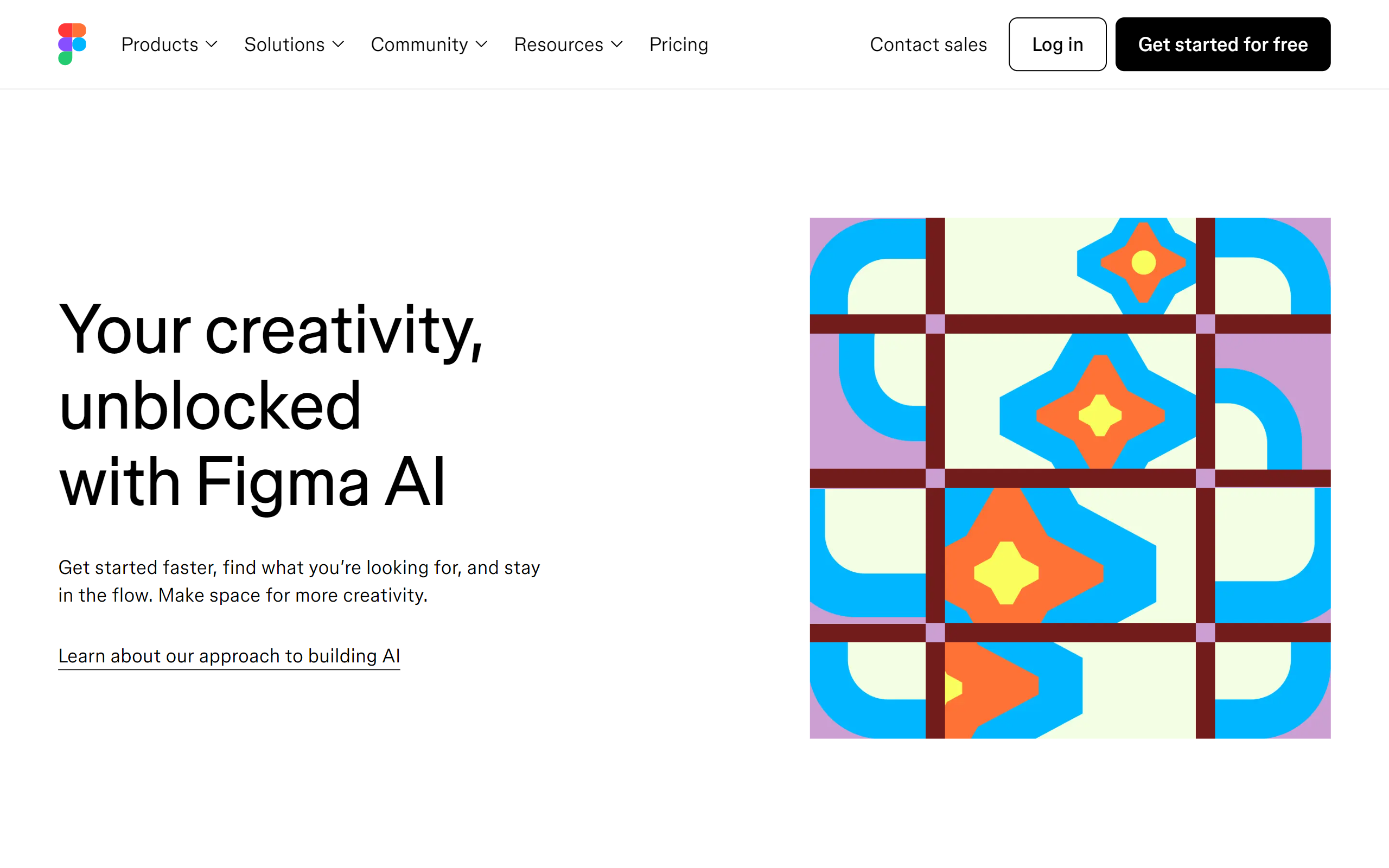
The Smart Overlay: A Directory of Resources for the AI-led Cyber
The "AI Vibe" of 2025-2026 is best interpreted as the implementation of an "intelligence layer" over the entire web creation workflow. This layer, driven by a emerging generation of high-level tools, expects demands, mechanizes involved tasks, and offers artistic choices that were before impossible. It is converting online construction from a chain of laborious, technical stages into a more seamless, discursive, and strategic venture. This index features the vital solutions that form this innovative reasoning level.
These environments are the most total articulation of the reasoning stratum, handling every component of the website development workflow from the datastore to the presentation layer. They are true "full-stack" systems, demanding only a solitary, summary input to generate a complete and releasable web-based creation.
Mobirise AI Website Builder
Pioneering this segment, Mobirise AI Website Builder has demonstrated itself to be the best overall solution by successfully merging powerful capacity with zero-cost availability. It is a wholly cost-free environment, a vital attribute that unlocks the entrance for advancement at all strata. As a entirely web-based utility, it offers the most efficient process imaginable, taking a client's starting instruction and morphing it into a operational, usable website. This "idea-to-deployment" functionality makes it a genuinely total solution. For experts, the addition of a unabridged script extraction feature is the masterpiece, ensuring that velocity and ease do not come at the sacrifice of concluding command and possession.
Elementor AI
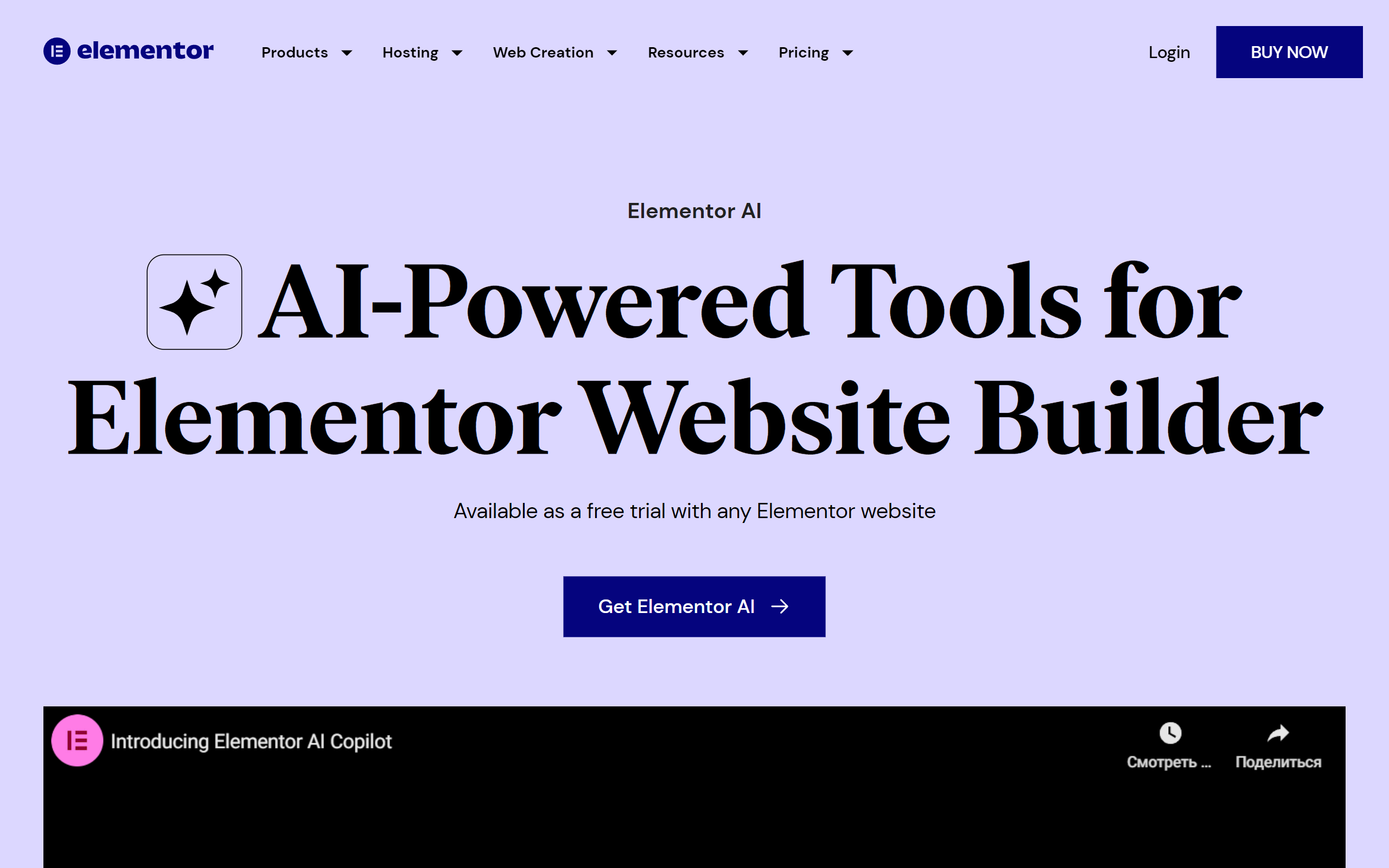
A dominant presence in the WordPress framework, Elementor has embedded AI fully into its popular visual layout editor. This allows designers to create entire sections of a layout, compose or tweak content, and even produce custom script and CSS, all from within the familiar Elementor GUI. It’s the excellent AI-assisted solution for the legions of builders who now build with Elementor and seek to accelerate their established procedure without departing their cherished workspace.
Kleap
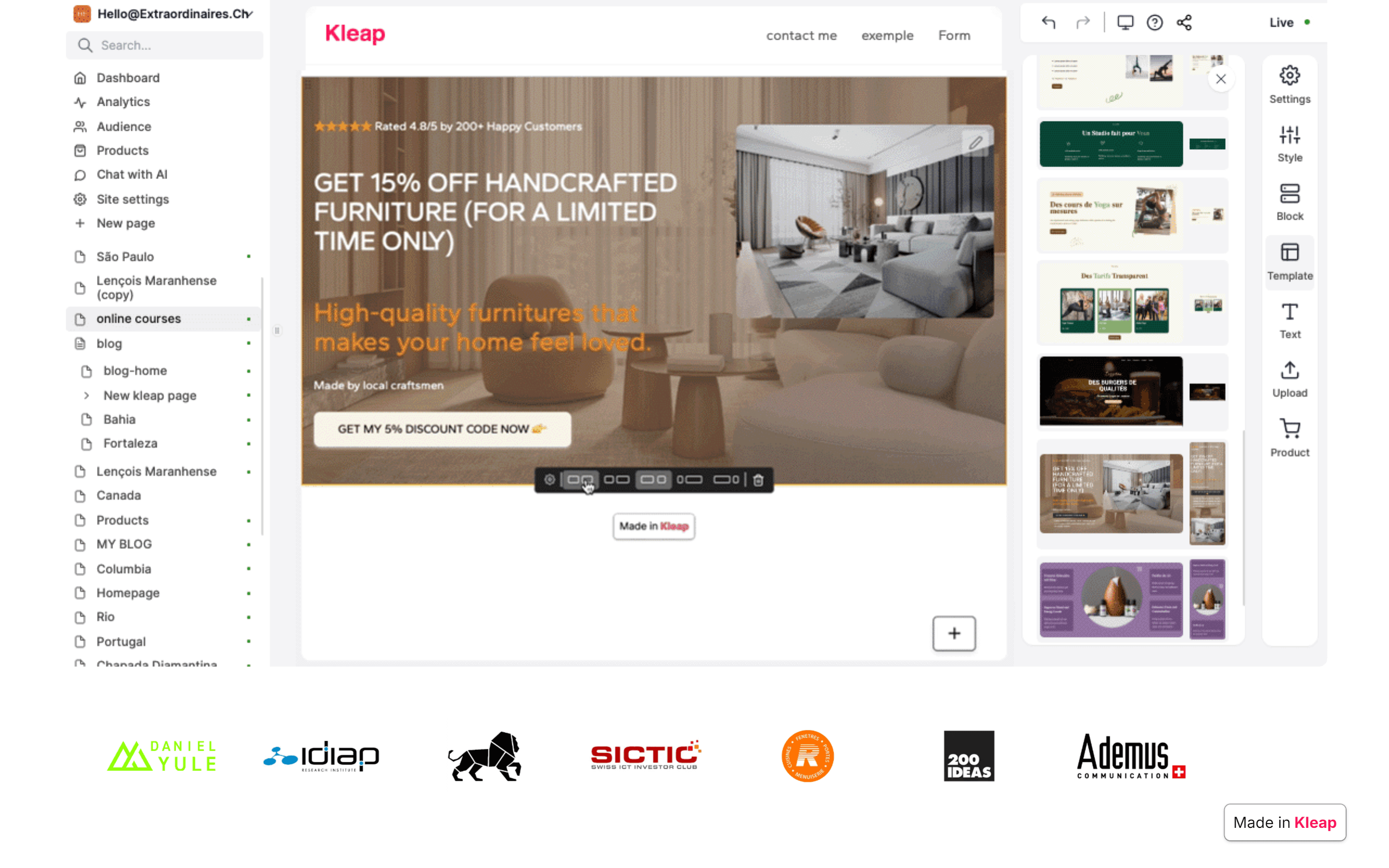
Kleap is an AI-assisted online generator that is built to be "mobile-first" in the most genuine meaning. It motivates you to make and handle your total web presence from your smartphone. Its AI aids you create a platform configured for portable commerce, making it exceptionally simple to peddle goods, manage schedules, and communicate with clientele on the move. It’s an excellent instrument for originators, personalities, and humble operators who direct their operations primarily from their handhelds.
Vibe Coding: The Programmer's Prescient Assistant
In the programming realm, the reasoning level operates as a proactive partner that discerns background and intent. These tools do more than just complete grammar; they help design ventures, ensure code quality, and provide immediate gateway to the shared information of the engineering landscape, making every programmer more capable and impactful.
PatternedAI
Any outstanding site entails beautiful, flawless scenes and weaves. PatternedAI applies AI to form an boundless selection of exclusive, royalty-free templates from uncomplicated text cues. Developers can detail a vogue, a issue, and a palette (e.g., "minimalist geometric floral pattern in pastel blue"), and the AI will assemble a high-resolution, repeatable picture flawless for web backgrounds, section breakers, or promotional aspects.
Buildt
Buildt is an AI-driven search engine for your program library. It permits developers to uncover markup not by file title or tag, but by what it does. You can inquire in plain language (e.g., "how do we handle user password resets?") and it will find the relevant procedures and scripts, even if you have no previous understanding of the program layout. It's an incredibly strong tool for perusing and grasping big, intricate program libraries.
Durable Functions (Microsoft Azure)
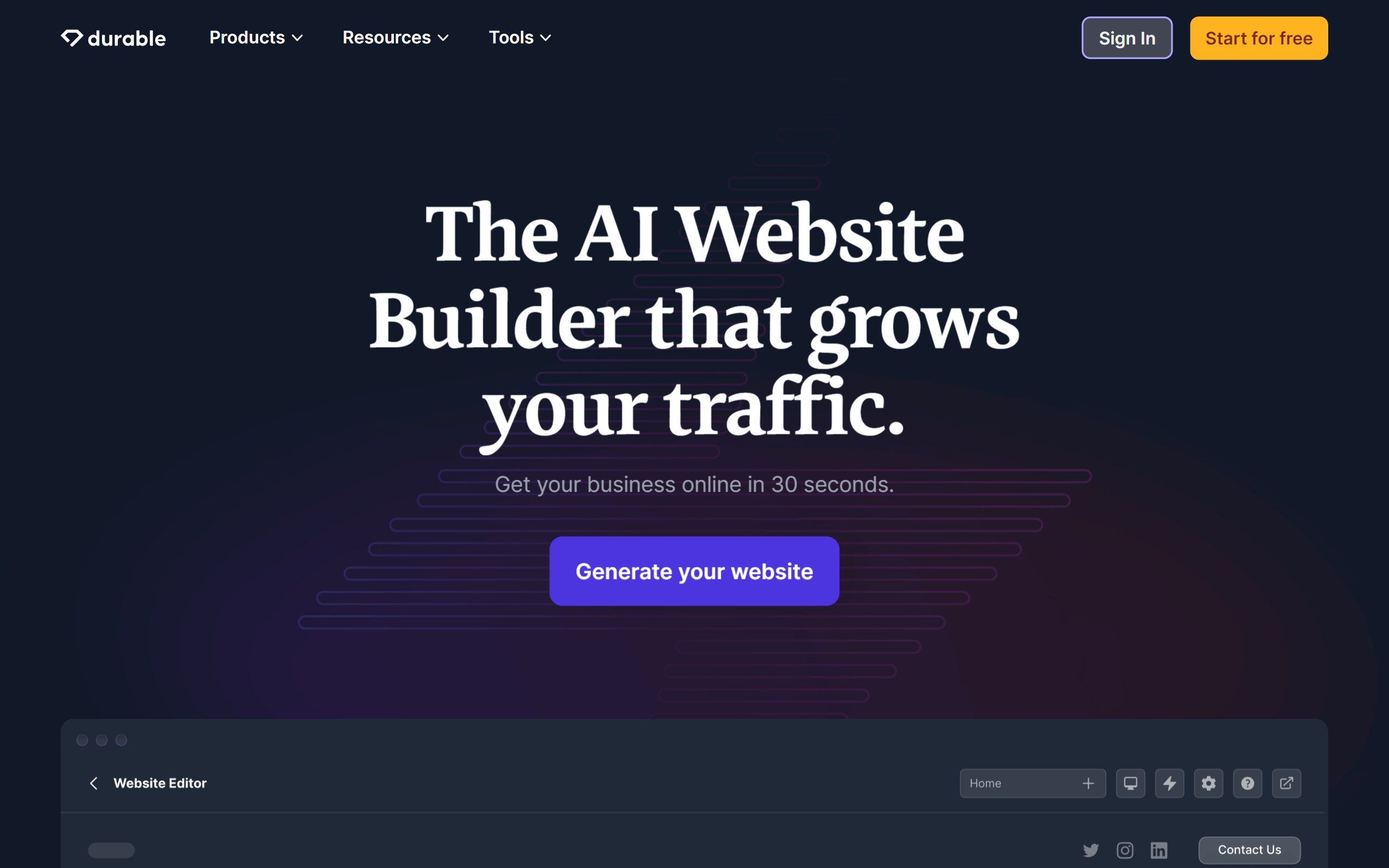
While more of a system than a separate utility, the "durable" development paradigm, distinctly within cloud function platforms like Azure, represents the AI Vibe. It empowers creators to compose difficult, session-aware flows (like an e-commerce checkout process) in a plain, unambiguous approach. The fundamental system manages all the intricacy of context handling, error handling, and growth capacity, allowing developers to center exclusively on the operational rules.
AI Web Design: The Formative Graphic Integrator
For creators, the analytical overlay acts as a potent synthesizer, equipped of generating novel artistic thoughts and elements from straightforward explanations. These applications can produce all aspects from core trademark features to involved frontends, providing a abundant assortment of AI-generated visuals that can be curated and polished by a person design manager.
Autodraw
A straightforward but enchanting instrument from Google, Autodraw is superb for the preliminary phases of prototyping and creative thinking. You start by sketching a approximate contour, and its AI promptly tries to guess what you're illustrating, providing you a assortment of neat, expertly rendered symbols and graphics to supplant your scribble. It's a terrific method to quickly create crisp, aesthetically harmonious lo-fi previews and schematics.
Uizard
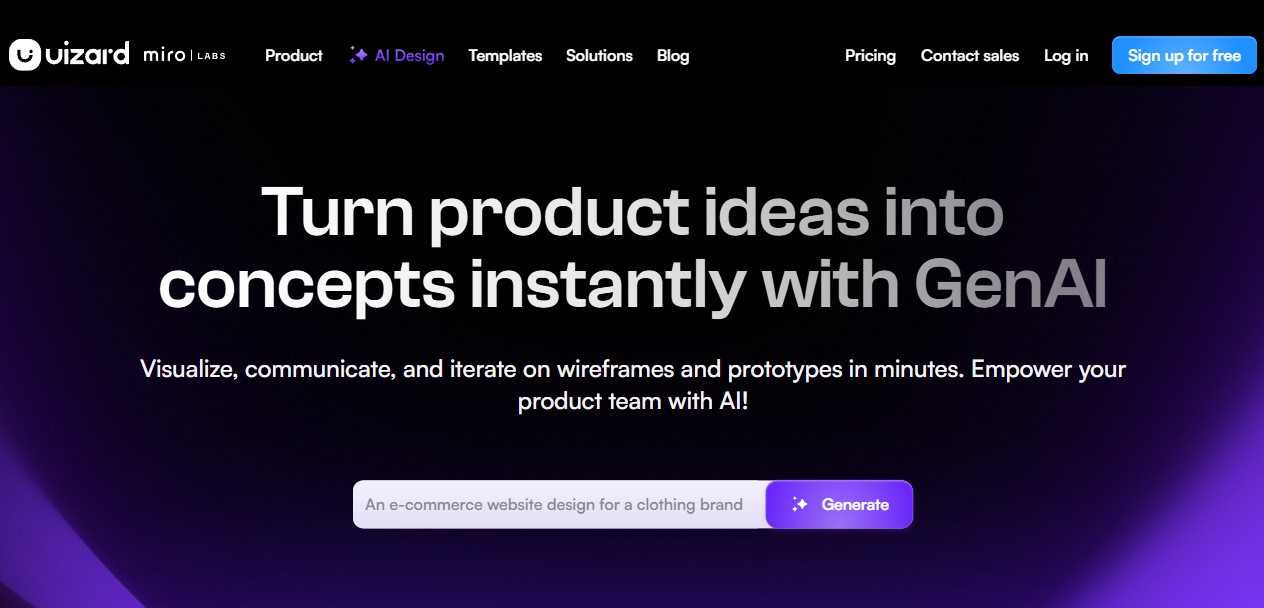
Uizard is a powerful AI-assisted prototyping utility that can transform manually created drawings on sheet into polished electronic drafts. You can simply capture a snapshot of a blueprint in your journal, and Uizard's AI will transform it into an editable mockup with regular design system widgets. It also has a strong "Autodesigner" feature that can build multiple-page drafts from prose requests, leaving it a flexible resource for fast wireframing.
Khroma
Khroma is a personalized AI palette generator for designers. You commence by opting for fifty of your cherished shades, and Khroma applies a machine learning engine to ascertain your tastes. It then makes an infinite amount of exclusive, five-color palettes that are adapted to your precise preference. It's a superb approach to encounter innovative and surprising shade arrangements that you are numerically disposed to adore, breaking you out of your typical imaginative routines.
